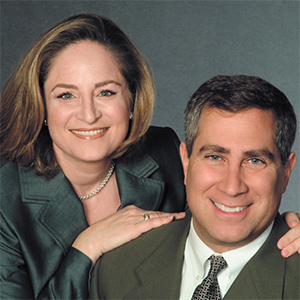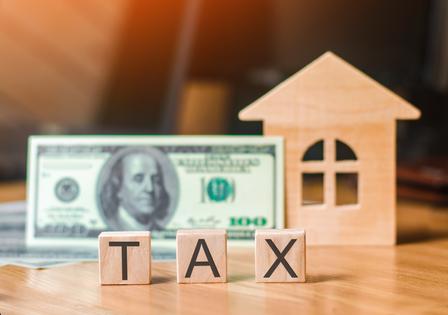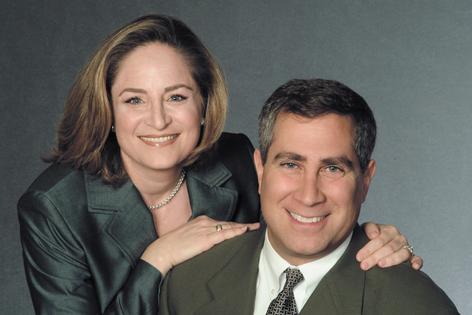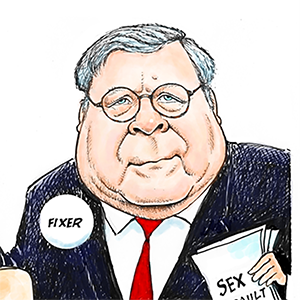What are the tax implications of selling a home after two years of ownership?
Q: I learned something new in your recent article. I did not know that a person could receive the benefit of the Internal Revenue Service (IRS) rule that allows homeowners to exclude from federal taxes the first $250,000 in profits from the sale of a home. Your column said that you can take that exclusion every two years.
That leads me to my questions. Let’s say I bought a house two years ago and took this exclusion. If I wanted to do it again this year, does the two out of five year rule apply? Do I have to be in the same house? Also do you have to be a certain age for this rule? I’ve moved a couple times in my lifetime already, and feel like I may have missed taking the exclusions.
A: Thanks for your letter. The IRS does, in fact, allow a homeowner to receive the tax benefit as many times as the homeowner can qualify for the exclusion.
Some basics on the rules here. The first thing to clarify is that a single person gets to exclude from tax up to $250,000 in profits from the sale of a home. A married couple can exclude up to $500,000 in profits from the sale of their home.
The second rule is that the homeowner must have used that specific home as their primary residence for two out of the last five years. The IRS makes clear that a homeowner must have lived in their home 24 months or 730 days. If you didn’t live in the home that length of time, you won’t get the benefit of the exclusion.
The third rule is that you can only receive the benefit of the exclusion once in any two-year period. You can see examples and more details on the timeline and other requirements on the IRS website and by reading IRS Publication 523.
For purposes of the IRS rule, you must have lived in your home for two out of the last five years, and that home must have been your primary residence for that time period. For most homeowners, the rule plays out simply. They likely purchased their home many years ago and lived in that same home as their primary residence for the entire time.
In general, if you owned a home and sold it at least 25 months ago, then bought another home and now sell your home again, you should be entitled to the exclusion if you qualify on all the other requirements of the rule.
The IRS has a long list of rules that relate to a homeowner being able to take a partial exclusion. Some of this depends on whether the homeowner was forced to sell the home. Or, if the homeowner took a job that was more than 50 miles from their old one. And, there are even more rules when it comes to the home sale exclusion if the home was used for business purposes while the homeowner lived there.
Your situation may be more complicated. If, for example, you moved between two or more homes and have considered one or more of your homes as your primary residence during that time period. Or, if you owned a home as a primary residence and then rented it out and then moved back in. Or, if you were called to active duty. If you have anything other than a straightforward case, you might want to consult a tax advisor or enrolled agent.
Before you close on the sale of your home, review the IRS rules to make sure you qualify for the exclusion. For example, if you’ve lived in the home for 23 months and close on the sale, you just miss being able to claim the exclusion. If so, consider delaying the closing by a month to ensure you meet the timing requirements. And, if you purchased another home during that time, make sure that the home you are selling was your primary residence for at least 24 months before you close on the sale.
========
(Ilyce Glink is the author of “100 Questions Every First-Time Home Buyer Should Ask” (4th Edition). She is also the CEO of Best Money Moves, a financial wellness technology company. Samuel J. Tamkin is a Chicago-based real estate attorney. Contact Ilyce and Sam through her website, ThinkGlink.com.)
©2024 Ilyce R. Glink and Samuel J. Tamkin. Distributed by Tribune Content Agency, LLC.

































Comments